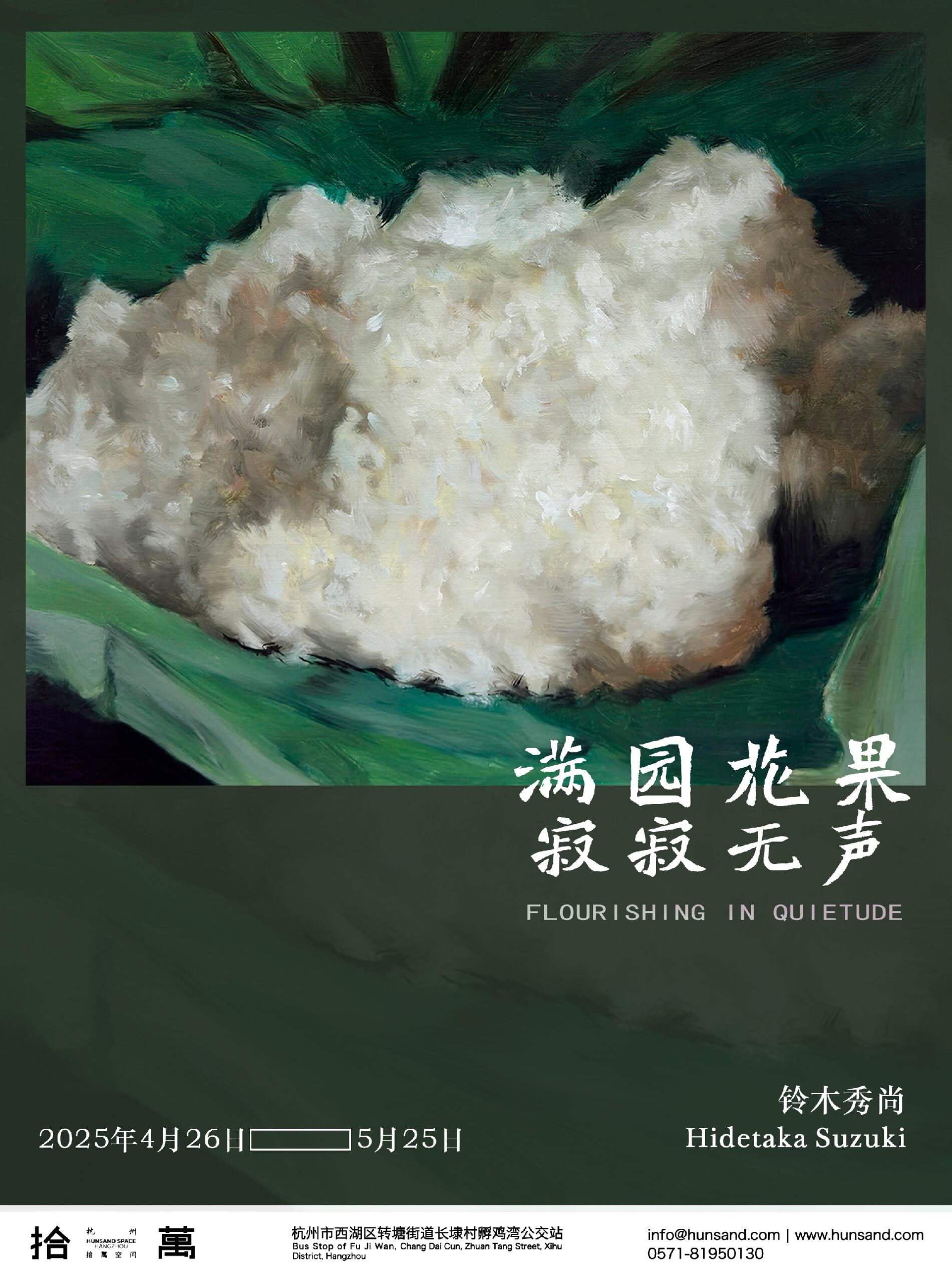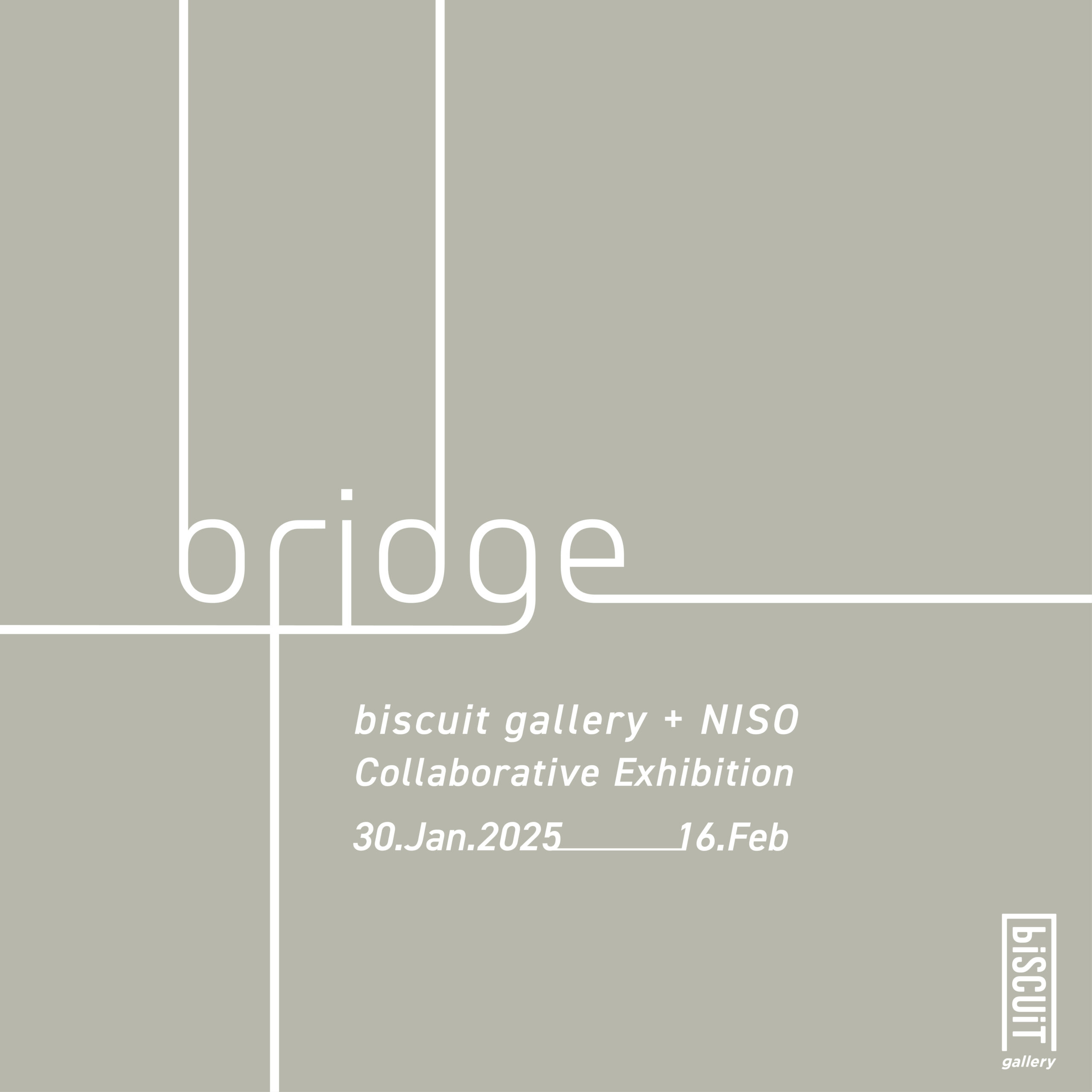
I will be participating in the West Bund Art & Design Fair 2024 in Shanghai from the PTT Space.
It will be held at the same time as the Chi K11 art museum, so we hope you will come and see both of them.
–
At the upcoming West Bund Art & Design Fair in Shanghai in November 2024, PTT SPACE will proudly present selected works by artists such as Walasse Ting, Hsu Tung-Lung, Hsu Yun-Chin, Hidehisa Suzuki, Chen Hsing-Wan, and Chang Yao-Chang. These works encompass a variety of forms, including painting, sculpture, and installation art, showcasing the remarkable creativity and profound artistry of these contemporary artists. With their rich expressiveness and intricate artistic language, these pieces will offer viewers a refreshing visual experience, inspiring diverse interpretations and reflections on contemporary art.
Since its inception in 2014, the West Bund Art & Design Fair has become one of Asia’s most influential art events. Held annually at the West Bund Art Center on the banks of the Huangpu River in Shanghai, it gathers top galleries from Asia, Europe, and the Americas, displaying high-quality contemporary art from around the world. Known for its professionalism and international perspective, the fair attracts numerous collectors, curators, and art enthusiasts, providing a crucial platform for art exchange. Additionally, the West Bund Art Fair hosts exhibitions in collaboration with major art institutions across the city, further establishing Shanghai as an international art hub and making November a highlight on the global art calendar.
/展覽資訊 Info./
2024/11/08 – 11/12 (11/07為VIP預展)
西岸藝術與設計博覽會 West Bund Art & Design Fair
展位 Booth | B館 155
地點 Venue | 西岸藝術中心 West Bund Art Center
上海市徐匯區龍騰大道2555號 (2555 Longteng Avenue, Xuhui District, Shanghai)
藝術家 Artist | 丁雄泉 Walasse Ting、許東榮 Hsu Tung-Lung、許雲清 Hsu Yun-Chin、鈴木秀尚 Hidetaka Suzuki、陳幸婉 Chen Hsing Wan、張曜昌 Chang Yao Chang
–
上海のWest Bund Art & Design Fair 2024にPTT Spaceから参加します。
chi K11 art museum と同時期ですので、ぜひ一緒に見ていただけたら嬉しいです。





